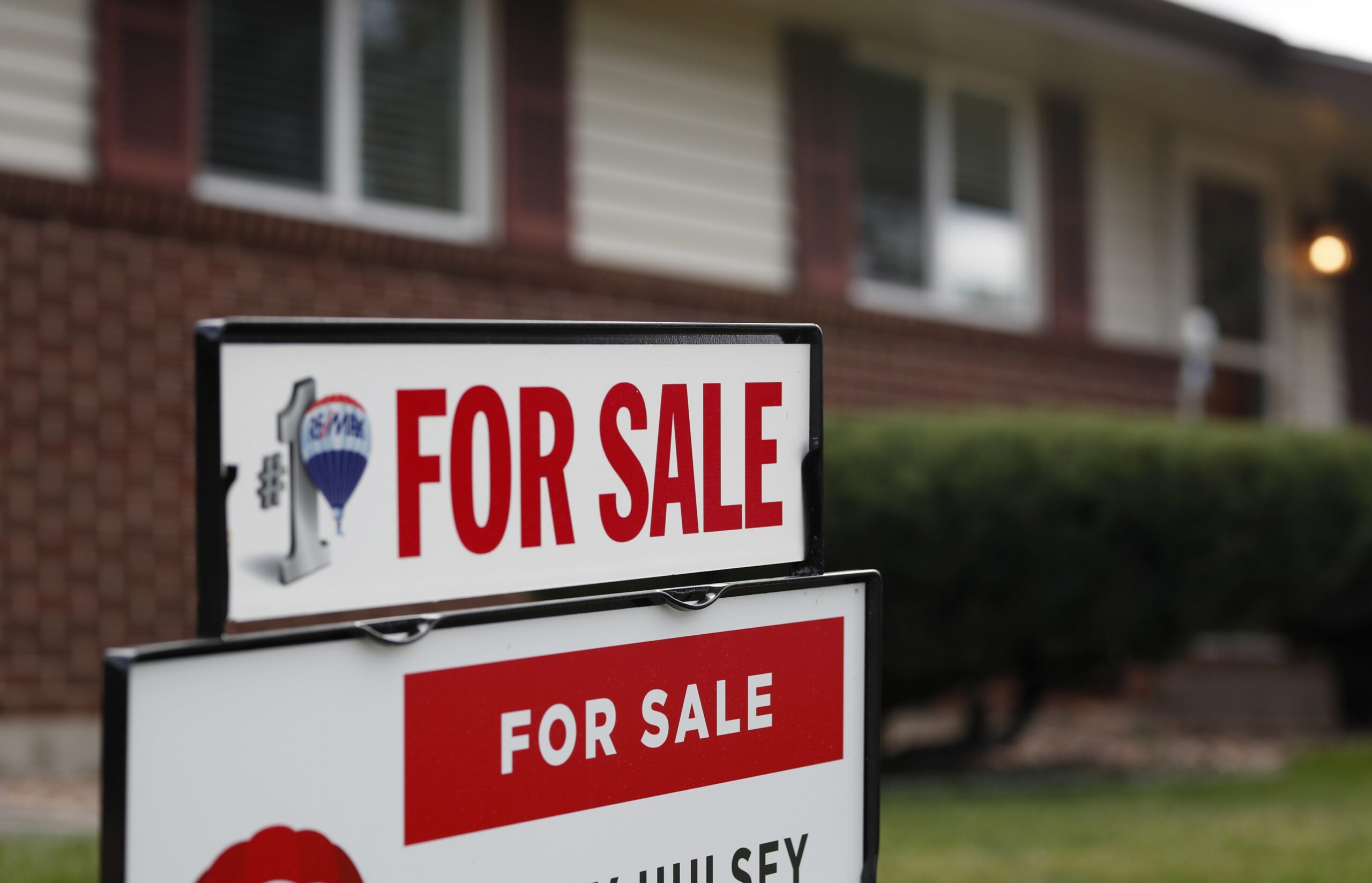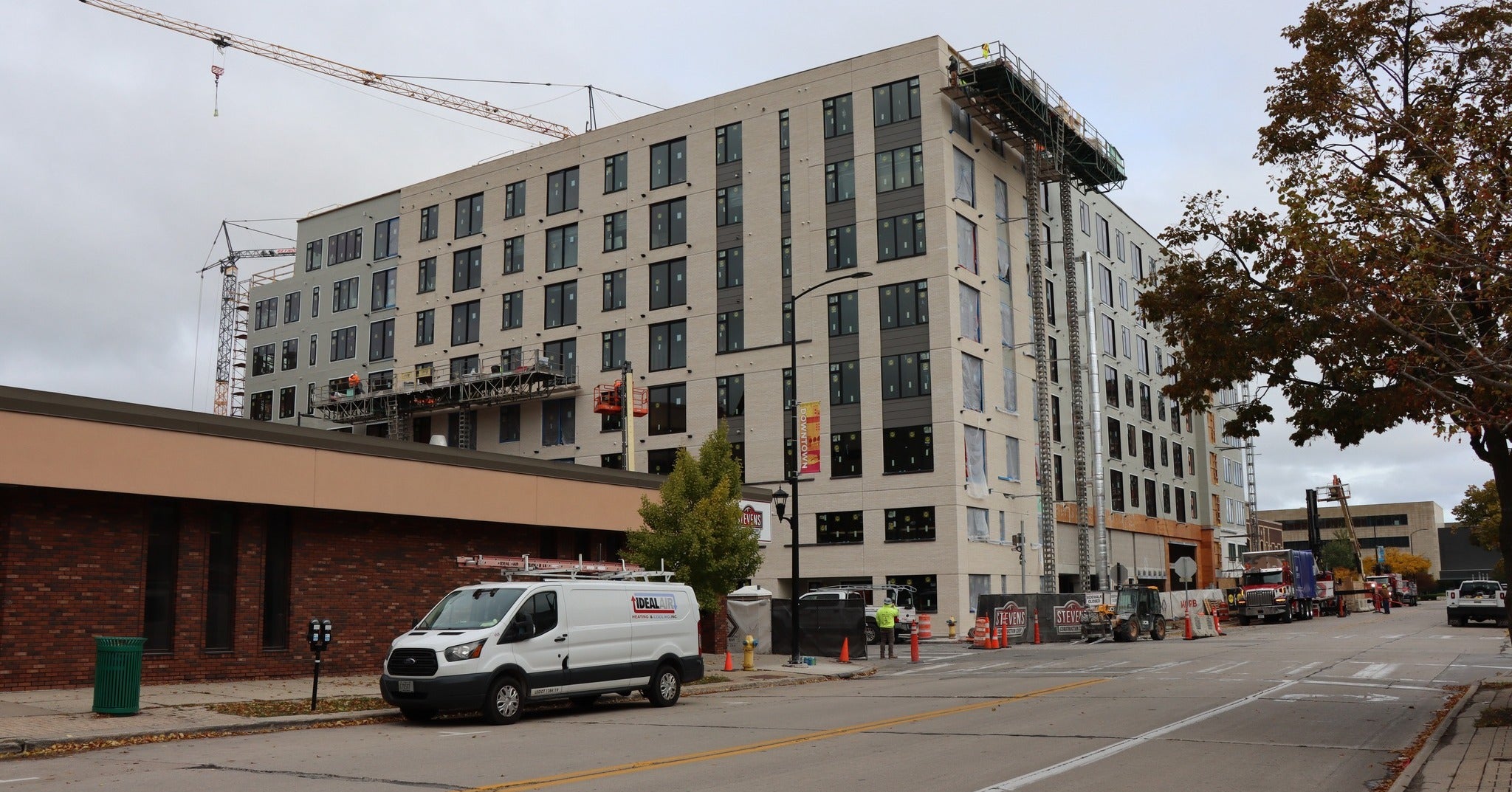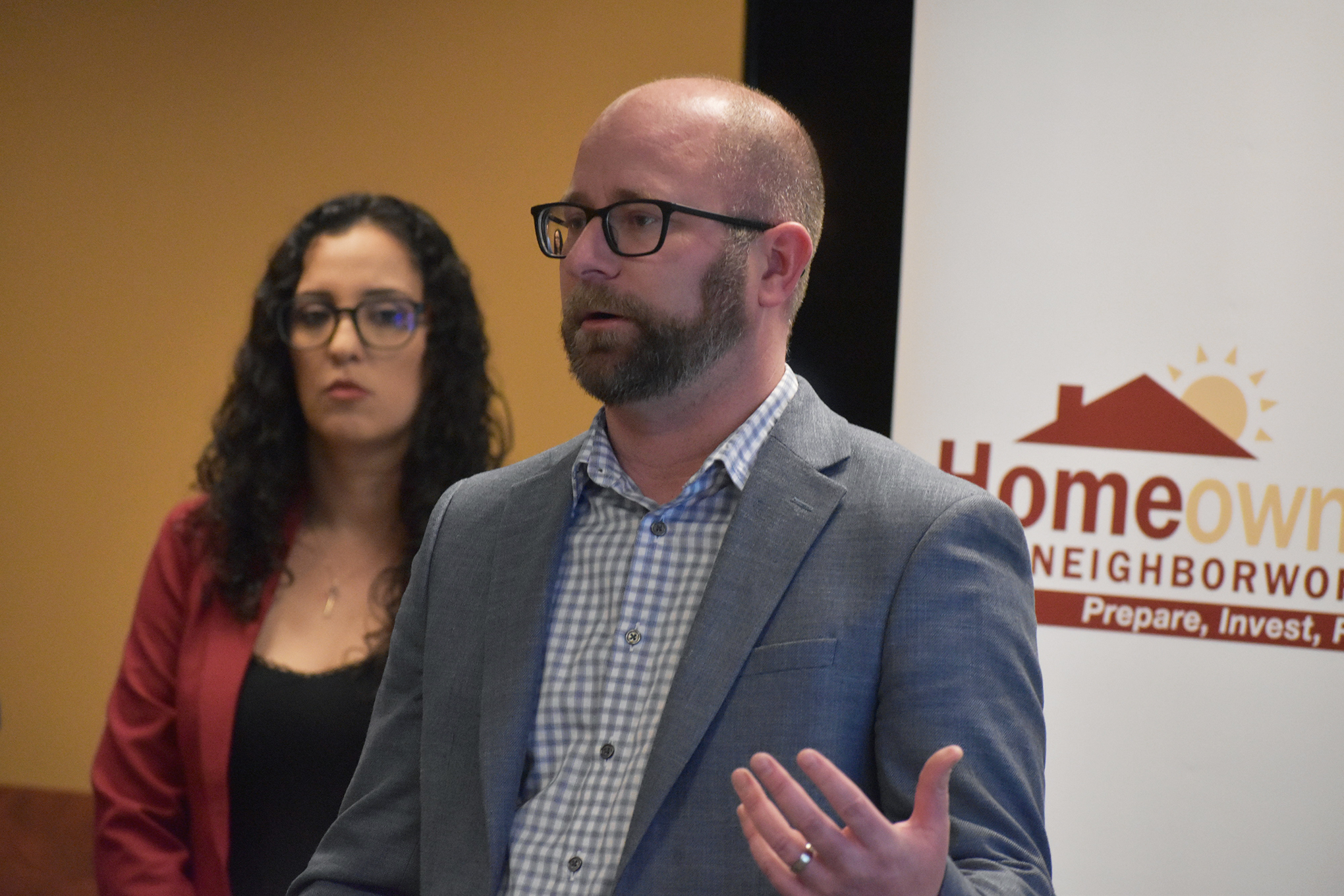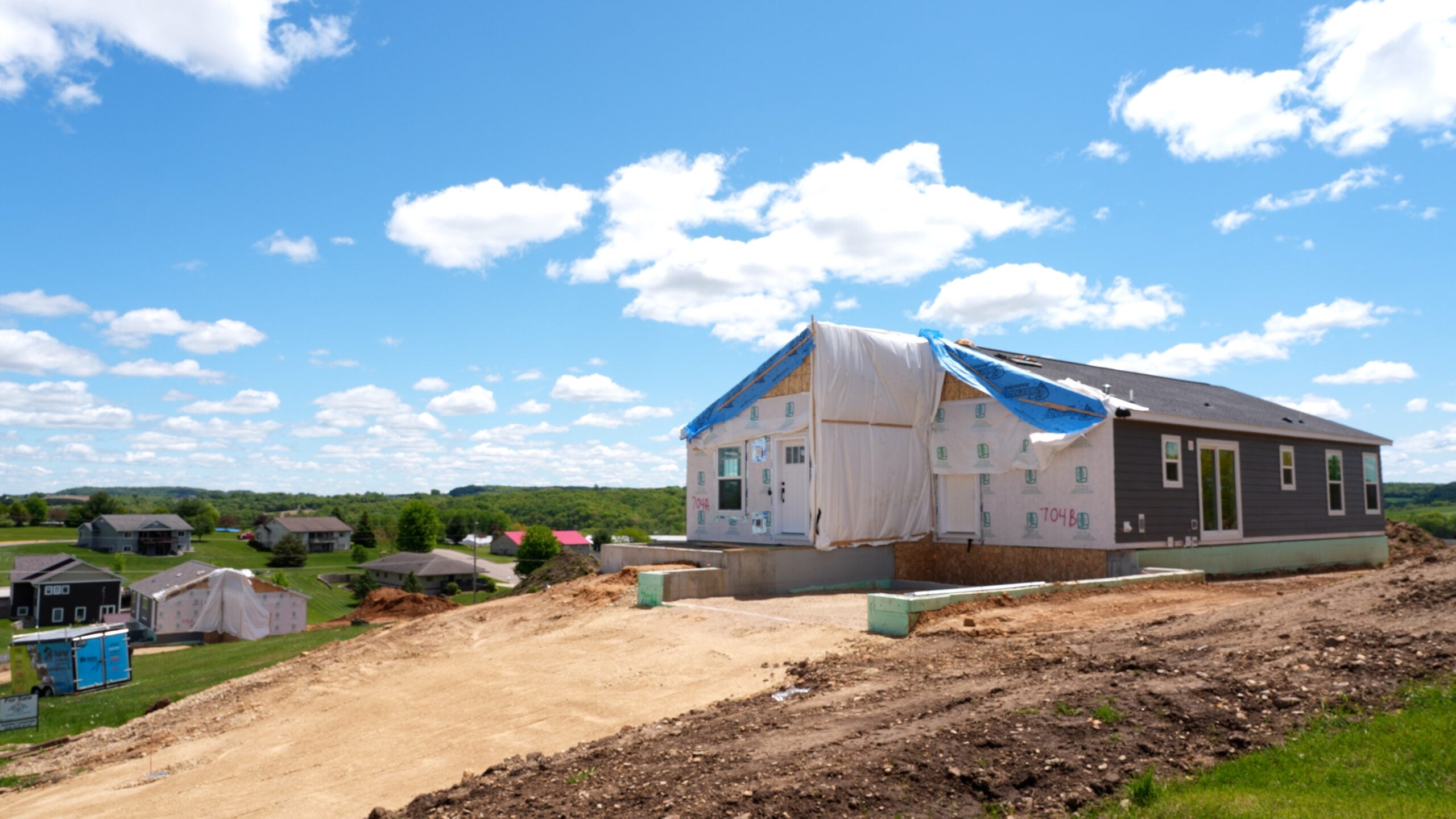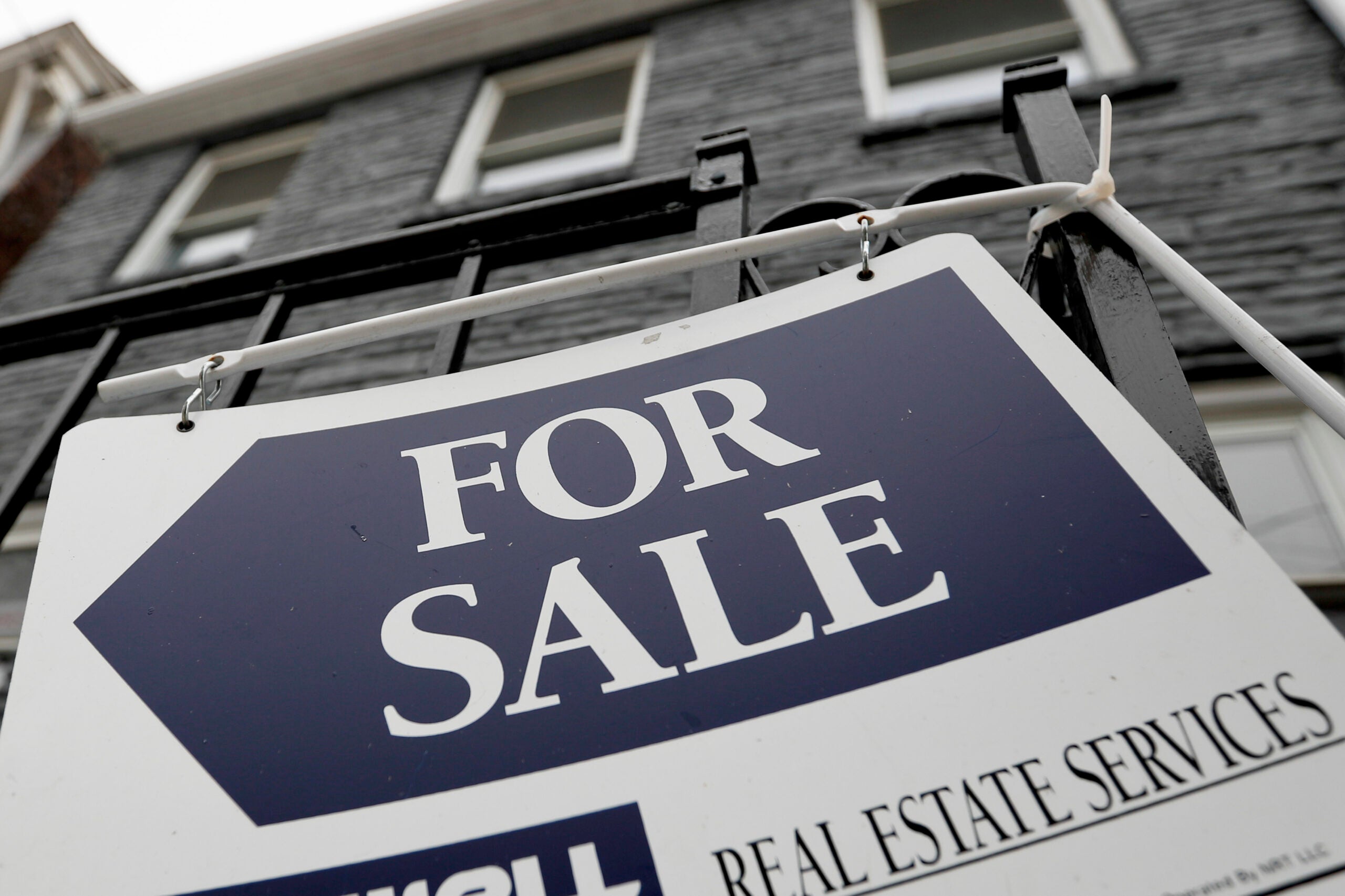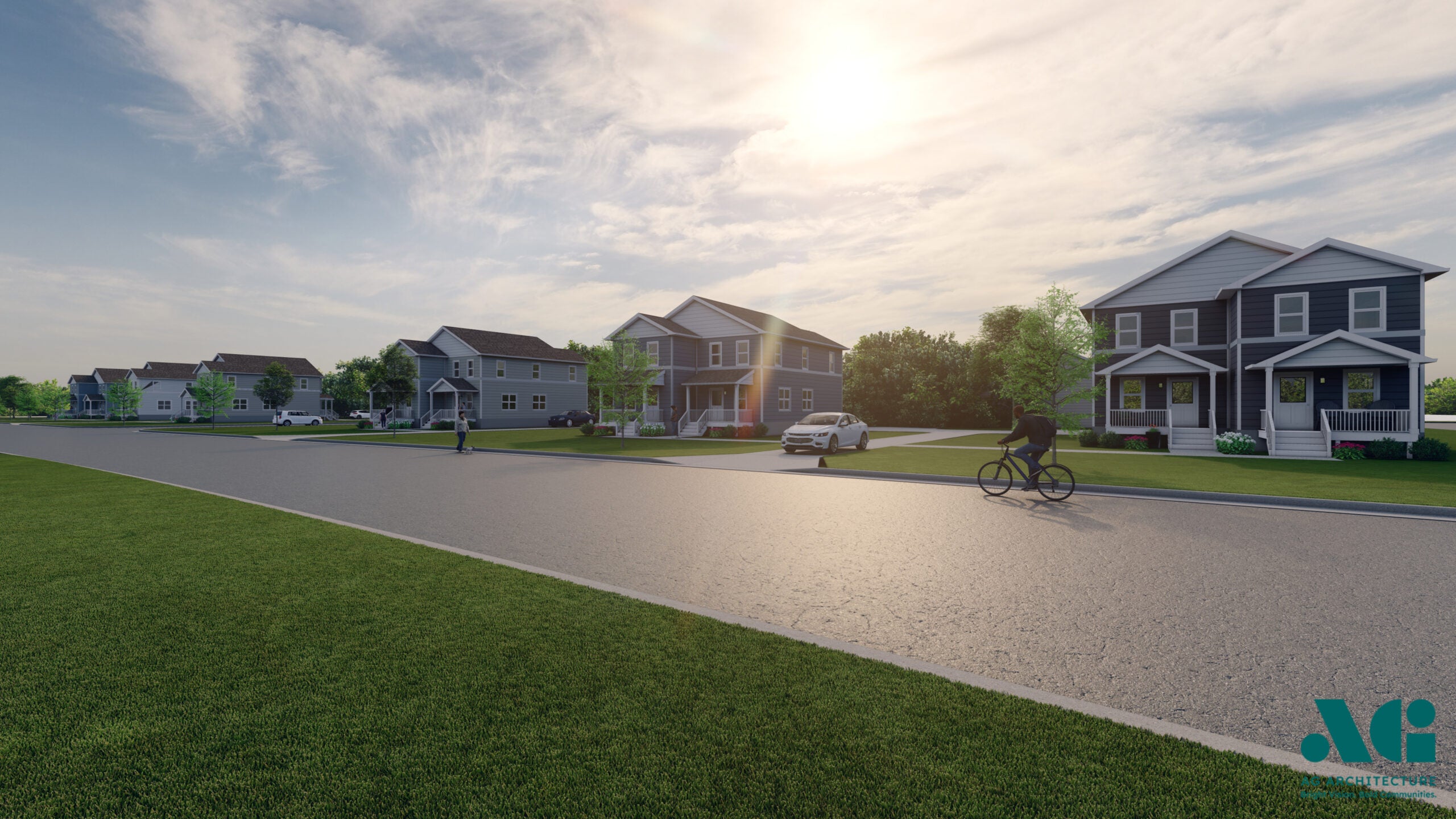The pace of housing permits being issued in Wisconsin has declined slightly over the last two years, and more of those permits were for multi-family units as single-family permitting has stagnated.
That’s according to a new Wisconsin Policy Forum report released Wednesday that examined housing permitting data to learn how permitting slowdowns contribute to affordability challenges.
As of 2022, the state needed to add between 140,000 and 227,000 housing units by 2030 to keep up with demand and accommodate growing its working-age population, according to a report from the Wisconsin Counties Association. Meanwhile, the Wisconsin Realtors Association said last month that home affordability in May was the worst it’s been since the association began tracking the metric in 2009.
News with a little more humanity
WPR’s “Wisconsin Today” newsletter keeps you connected to the state you love without feeling overwhelmed. No paywall. No agenda. No corporate filter.
According to the Wisconsin Policy Forum report, housing permitting in the state picked up early in the pandemic but declined in 2022 amid high mortgage rates and high building costs. Permits remained roughly flat in 2023, the report noted.
Wisconsin also slightly lagged the country in terms of housing permitting last year. The report said the state issued permits for 3.47 units per 1,000 residents. That trails the national ratio of 4.48 units per 1,000 residents.
Compared to the three years that preceded the pandemic, population-adjusted permitting for multi-family housing has increased 61.3 percent between 2021 and 2023, while single-family permits increased by 21.7 percent, the report said.
Mark Sommerhauser, a researcher for Wisconsin Policy Forum, said the increased pace of multi-family construction is likely good news for renters, while the stagnant single-family permitting means prospective homebuyers aren’t likely to see affordability improve in the near future.
“With that increase in supply of multifamily, we should be starting to see some relief in terms of housing prices for apartments and rental housing,” he said. “Conversely, with single-family (homes), it’s been a lot more sluggish. … That means there’s not much new supply coming into the pipeline — especially in some of those large metro areas — and that suggests high home prices are going to remain an issue.”
Permitting activity the last three years continues to be much lower than the peak in new housing between 2002 and 2004. When adjusting for population changes, the report says multi-family housing permits over the last three years were 7.1 percent lower than during that period in the early 2000s, while single-family permits were 53.6 percent lower.
Sommerhauser said years of low homebuilding following the Great Recession of 2007 to 2009 has contributed to the state’s housing shortage and elevated costs of buying a home or renting.
He also said its unlikely housing development will return to the record levels seen before the Great Recession, but he thinks there’s still room for growth.
“When we look at how elevated housing prices are, relative to where they were even just a few years ago, that tells you that we’ve got a lot of work to do in terms of producing enough housing for our state to start to have an impact on bringing those costs down,” he said.

Situations vary by metro area
In addition to looking at statewide trends, the report looked at housing permitting in the state’s 10 largest metropolitan areas.
From 2021 to 2023, Madison issued the most housing permits per capita of those metros, followed by Eau Claire and Appleton, according to the report. Each of Wisconsin’s 10 biggest metros — besides Eau Claire — issued fewer permits per capita than during the building boom of the early 2000s, the report says.
In Milwaukee, Wisconsin’s largest housing market, multi-family housing construction declined over the last three years compared to the three years before the pandemic, the report said. At the same time, single-family home construction permitting was relatively flat.
The city’s lack of population growth is likely a factor in the stagnant permitting, but rents and home prices have “soared” in Milwaukee after the pandemic, the report says.
Sommerhauser said population growth is often a metric used by developers to help assess the need for housing in a given community. But in Milwaukee, he said, the number of households may be a better indicator.
“Even though Milwaukee’s total population is not increasing, its number of households is increasing,” he said. “The average size of households has been declining in Wisconsin over a long period. Essentially, what that’s doing is causing the population to be divided — the pie is being divided into smaller slices so to speak.”
In Madison, the state’s hottest housing market, there’s been a 77.8 percent increase in permitting for multi-family housing over the last three years compared to the three years before the pandemic, the report said.
Single-family home permits, on the other hand, were about 4.3 percent lower from 2021 to 2023 than during the three years prior to the pandemic, the report said. Those declines have come even as Madison home prices continue to rise.
One of the contributing factors is the lack of new lots being created, Sommerhauser said. Lot creation is key to homebuilding because it sets land aside for development.
According to the report, Madison trailed Appleton, Eau Claire and Janesville-Beloit in per capita lot creation in the last several years.
“In metro Madison, we’ve seen a pretty sizable decrease in the number of new buildable lots being created, which is obviously kind of the first step to building a single family home,” Sommerhauser said. “I’m not saying that’s the whole thing, but there’s reason to believe that the lack of new lots is at least one piece of the puzzle.”
Wisconsin Public Radio, © Copyright 2025, Board of Regents of the University of Wisconsin System and Wisconsin Educational Communications Board.

